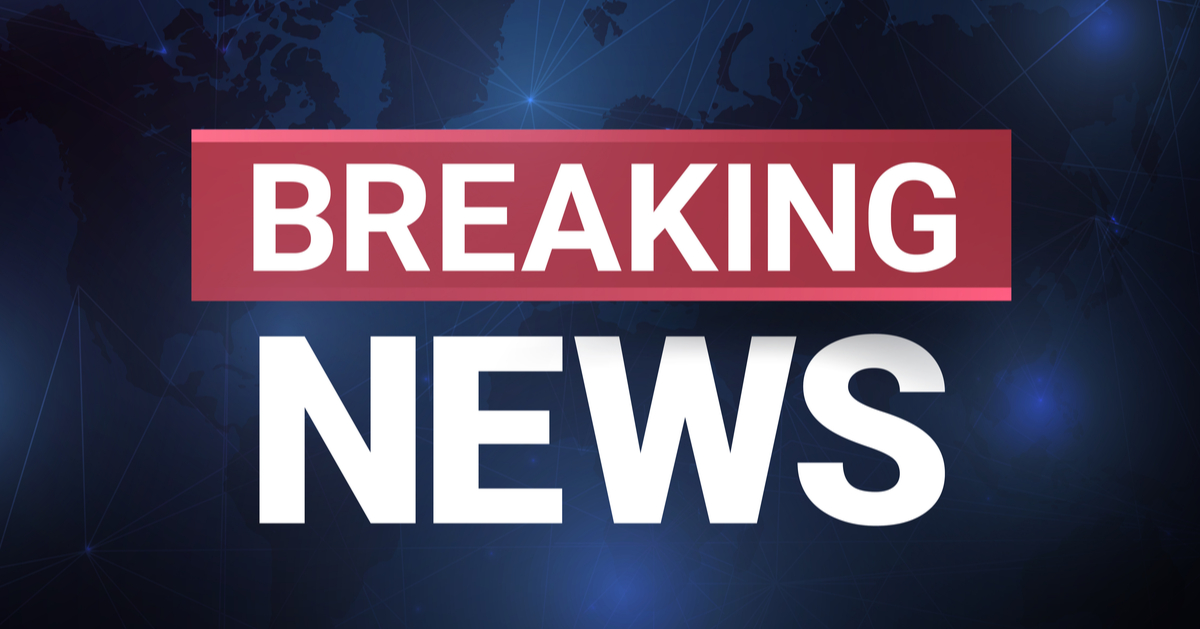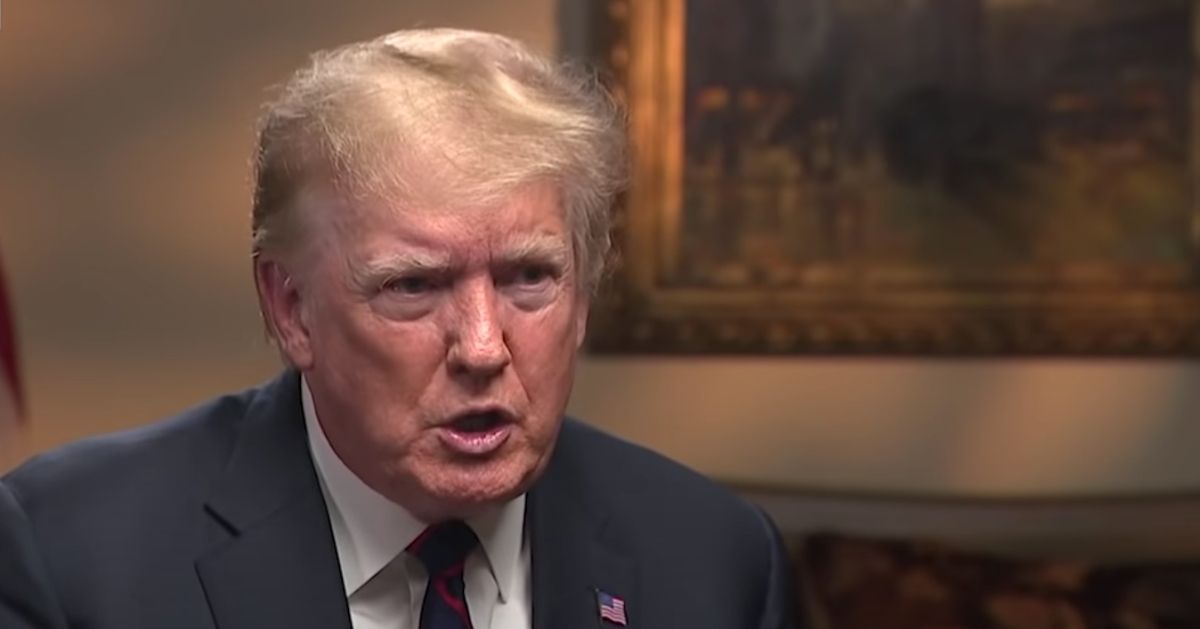During a recent gathering at the White House, specifically last Tuesday evening, President Trump conveyed his thoughts to a group of Republican lawmakers. He expressed his inclination towards firing Powell, citing dissatisfaction with his performance.
Initial Market Reactions and Presidential Backtracking
The news of Trump's possible action against Powell had an immediate negative impact on financial markets. By Wednesday morning, noticeable declines were observed in both the stock market and the dollar's value.
In response to swirling rumors and the market’s reaction, Trump addressed the media in the Oval Office. While he criticized Powell's handling of his duties, he toned down the urgency of firing him anytime soon.
Trump outlined his thoughts about a potential timeline, stating that changes could be expected in about eight months, which could align with the appointment of a new chair if he decided to proceed with Powell's dismissal.
Fraud Concerns Over Fed Renovations Introduced
Trump acknowledged that while firing Powell was not off the table, it was "highly unlikely" unless absolutely necessary. He linked this necessity to potential fraud concerns related to ongoing renovation projects at the Fed’s headquarters, which have encountered financial overruns.
These concerns about the renovation costs were echoed by other Trump administration officials who hinted such grounds could be plausible for Powell's dismissal. The renovation project became a focal point of contention within the administration.
By law, the Federal Reserve Chairman can only be removed from office for cause, making any decision to fire Powell legally complicated and unprecedented in recent history.
Legislative Response and Financial Uncertainty
Following Trump’s hints at firing, the lawmakers present at the meeting reportedly agreed with his point of view, possibly foreseeing a shift in economic leadership that aligns more closely with the administration's financial strategies.
The president, when pressed by reporters in the Oval Office, candidly criticized Powell, saying, "He’s doing a lousy job," but he suggested firing him was not immediately forthcoming.
Trump’s remarks reflect both a direct challenge to Powell’s authority as well as an indicator of ongoing tensions between the administration and federal monetary policymakers.
The Balance of Power and Economic Oversight
This situation has put a spotlight on the delicate balance between the U.S. government's executive branch and its independent financial institutions, such as the Federal Reserve. The unfolding events could very well dictate future economic policy and leadership.
The potential eight-month timeline till a new chairman might be considered indicates a strategic approach by Trump to reshape the Fed closer to his administration’s economic policies and perspectives.
As the situation evolves, all eyes will remain on the White House and the Federal Reserve for any developments that might affect not only U.S. financial markets but also global economic stability.





